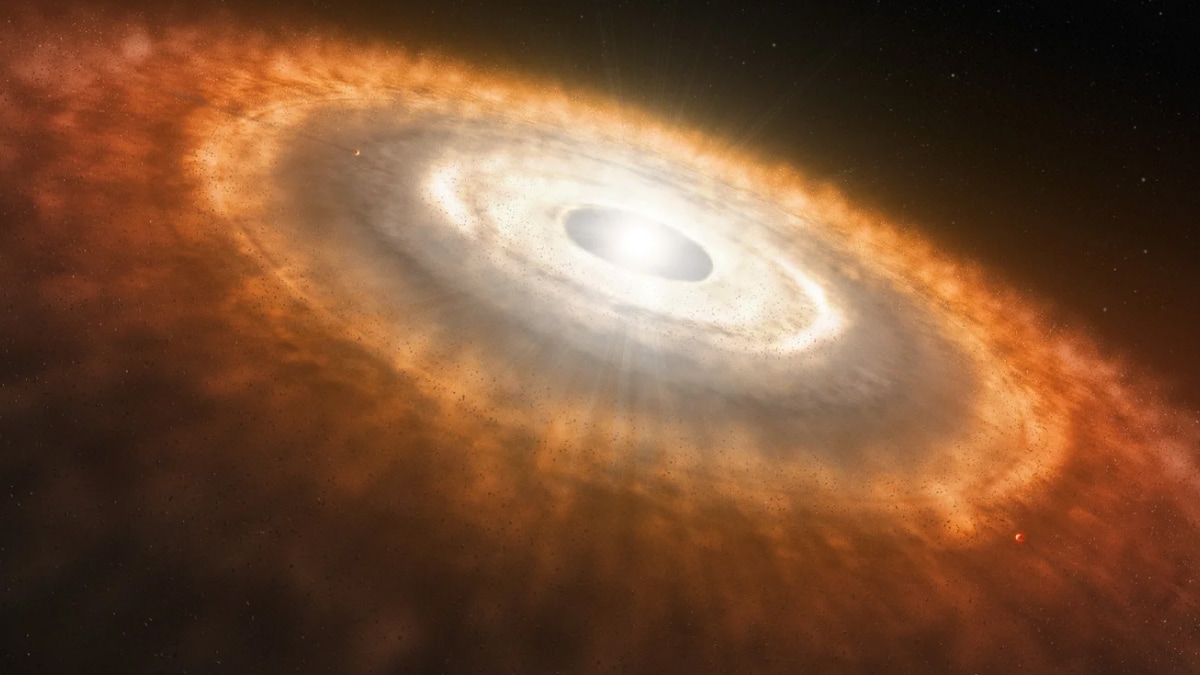New research on PDS 70b, a forming exoplanet located approximately 400 light-years away in the constellation Centaurus, suggests that prevailing models of planet formation may require revision. According to a study published in Astrophysical Journal Letters, astronomers found a mismatch between the chemical composition of the planet's atmosphere and the surrounding protoplanetary disk from which it emerged. The discovery has led researchers to reconsider established theories regarding how planets accumulate their mass and elements during formation.
PDS 70b's Unique Characteristics
The planet, part of a two-planet system, is nearly three times the size of Jupiter and orbits its host star at a distance comparable to Uranus' position in the solar system. Researchers believe PDS 70b has been gathering material for around 5 million years and may be nearing the end of its formation phase. Using the Keck II telescope in Hawaii, scientists examined its atmosphere for carbon monoxide and water, which provided insights into its carbon and oxygen levels—key indicators of planetary origins.
Discrepancy in Chemical Composition
Findings revealed that the planet's atmosphere contains significantly less carbon and oxygen than expected. According to Dr Chih-Chun Hsu, postdoctoral researcher at Northwestern University and lead author of the study, in a statement, this discrepancy highlights potential oversimplifications in the widely accepted models of planetary formation.
Theories Behind the Unexpected Results
The researchers proposed two possible explanations. One suggests that PDS 70b incorporated most of its carbon and oxygen from solid materials such as ice and dust, which released these elements during evaporation before being integrated into the planet. Dr Jason Wang, assistant professor at Northwestern University and co-author of the study, pointed out in a statement that this process could significantly alter the carbon-to-oxygen ratio. Alternatively, the protoplanetary disk might have undergone recent enrichment in carbon, a scenario supported by certain formation models.
Future observations of the second planet in the system, PDS 70c, are expected to provide further data to refine understanding of planetary formation processes. Scientists emphasize the need to study more systems like this to establish broader insights into planet formation mechanisms.
For the latest tech news and reviews, follow Gadgets 360 on X, Facebook, WhatsApp, threads and Google NewsFor the latest videos on gadgets and tech, subscribe to our YouTube channelIf you want to know everything about top influencers, follow our in-house Who'sThat360 on Instagram and YouTube,

Ripple Debuts RLUSD Stablecoin with Former RBI Chief Raghuram Rajan on Advisory Board
Android 16 Developer Preview 2 Improves Battery Life, Adds Fingerprint Unlock on Pixel With Screen Off: Report



